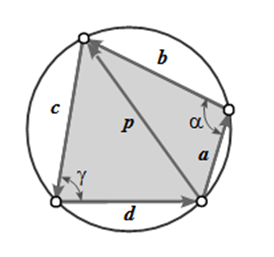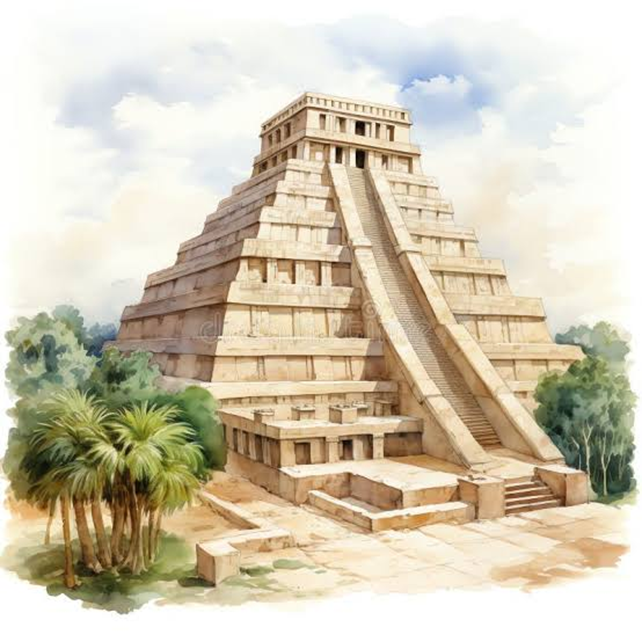by Munaza Kazmi
The concept of Zero is one of the greatest abstractions that human mind has ever achieved.
However, it not a discovery of a day but an enigmatic process that took centuries of thoughts to develop. Which today had become a important part of our day, weather dialling a number or writer a check, all over it’s answer to numerous mathematical problems. That’s why I thought to tell my readers, the story of Zero.
In the ancient of times, when the enlightenment was touching the minds of human, someone thought about the giving a name to nothing/void. Hence, the achievement of Zero was realised in two separate steps.
In the early years mathematicians overcame the problem of denoting empty spaces in decimal place-value notation by drawing a dot, where there was a missing entry. It was probably first tried out around 3000 BCE in the temples of Sumer. This discovery was passed on to both the Babylonians and the Persians, but it was in India (from India I mean today’s Nepal, Burma, Pakistan, India, Tibet, SriLanka etc) that the use of a circle gave rise to the present-day symbol “o” for zero. Also, it was the Indians who first named that symbol sunya, meaning emptiness or the void, linking it to a fundamental concept in Indian Buddhist philosophy. Hence, from this came the Arabic zifr and hence the English cipher.

As of now let me tell you, How it happened…
We would call it the second step, where the full comprehension of the idea of zero took place with Brahmagupta. Well, who’s Brahmagupta??? We’ve never heard this name before…: because we’ve never taught this before.
The great Brahmagupta (598-c.670). Born near the Rajasthani hill station of Mount Abu. He was one of the supreme scientific minds of Indian history, who at the age of 30 wrote a 25 chapter treatise on mathematics, which today recognised as work of extraordinary genius. Brahmagupta’s work beside the conception of Zero, contained within it crucial Indian mathematical ideas developed by earlier generations of Brahmin scholars, such as the concept of positional notation, the idea of writing numbers with just ten digits, but arranged in decimal columns of tens, hundreds and thousands. The treatise also came with a complete set trigonometry tables of sines and versines from which the Arabs fashioned a set of accurate astronomical tables.

However, let’s come back to the Story of Zero. So, it was Brahmagupta who treated the zero symbol as a number just like the other nine, rather than merely as a void or an absence.
He described zero as the answer you get when you subtract a number from itself. He also worked out some basic properties that zero must have such as when zero is added to a number or subtracted from a number, the number remains unchanged; and a number multiplied by zero becomes zero. He wrote down in Sanskrit verse a set of arithmetic rules for handling not only zero but positive and negative numbers, another of Brahmagupta’s innovations. These basic rules of mathematics for the first time allowed any number up to infinity to be expressed with just ten distinct symbols: the nine Indian numbers plus zero. Same rules are still taught around the world today.
Hence, the second step was a major move that had never previously been attempted elsewhere and it was this reincarnation of zero as a number, rather than just as an absence, that transformed it and gave it its power. Here am concluding my Story of Zero, next time you write Zero, you mind will remember Brahmagupta. Our soil have produced men of great intellect and

















